Challenging Arrhythmias — MIS-C Case Report (9-16.1-2024) - NOT_YET_FINISHED
Ken Grauer, MD
SEPTEMBER 15, 2024
For full discussion of the case — CLICK HERE — ECG Rhythm Overview: A 12-year-old boy was admitted to our hospital with severe myocardial dysfunction and chaotic rhythm with tachy- and bradycardic arrhythmias. There definitel are periods of bradycardia (so pacing may be needed for that).

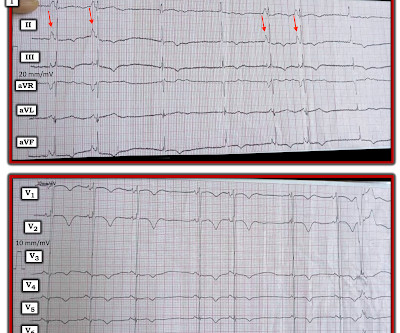
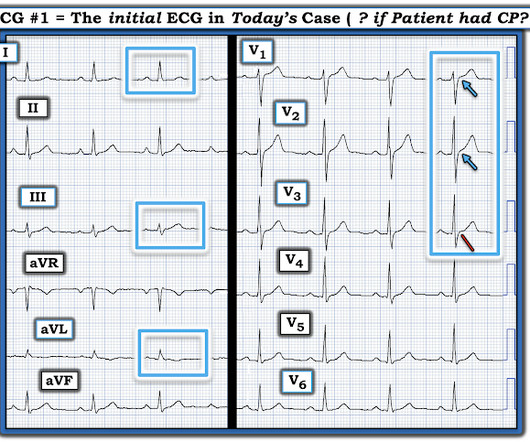

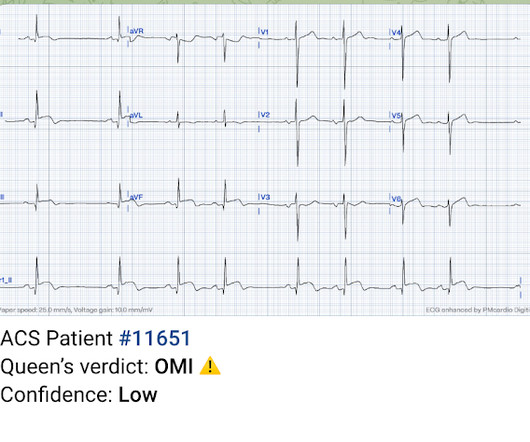
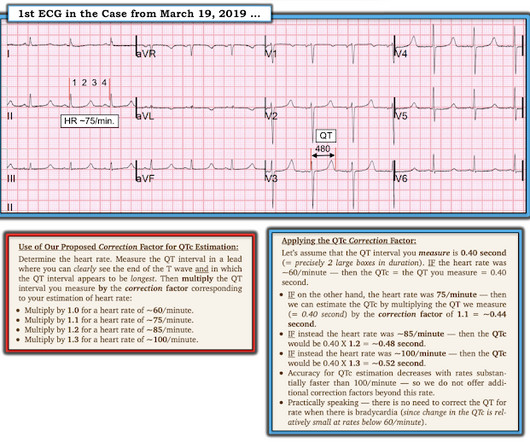
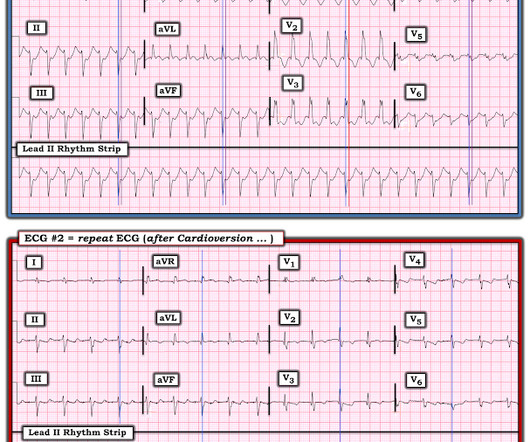
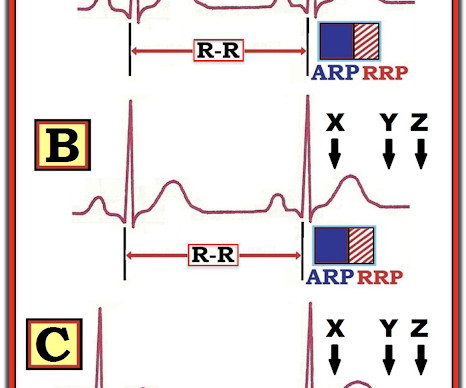

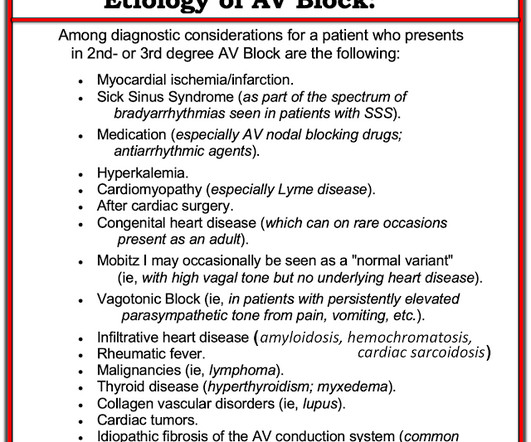


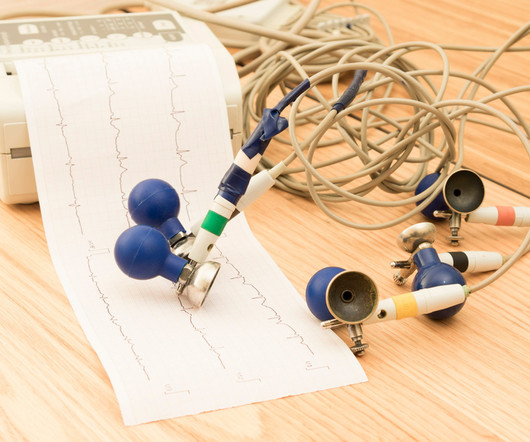
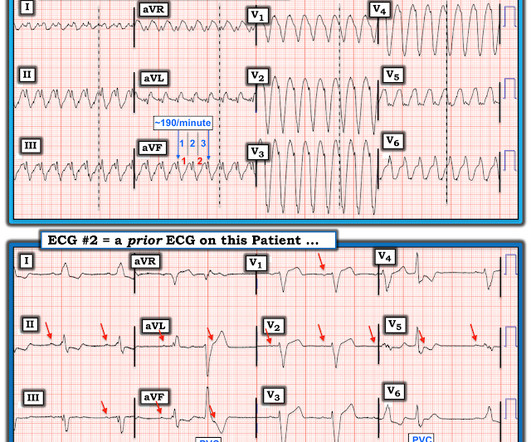
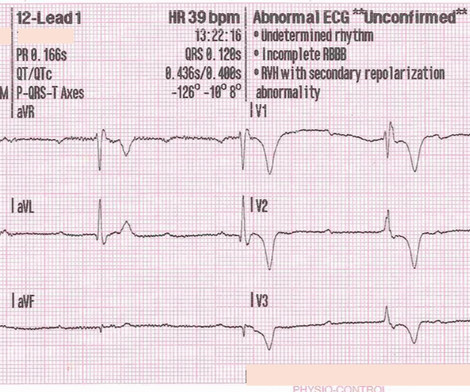
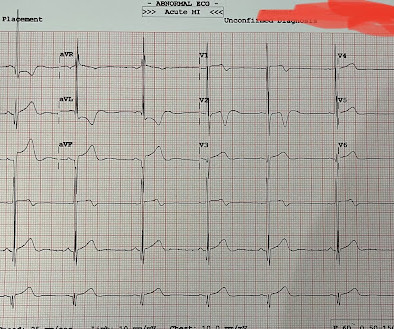







Let's personalize your content